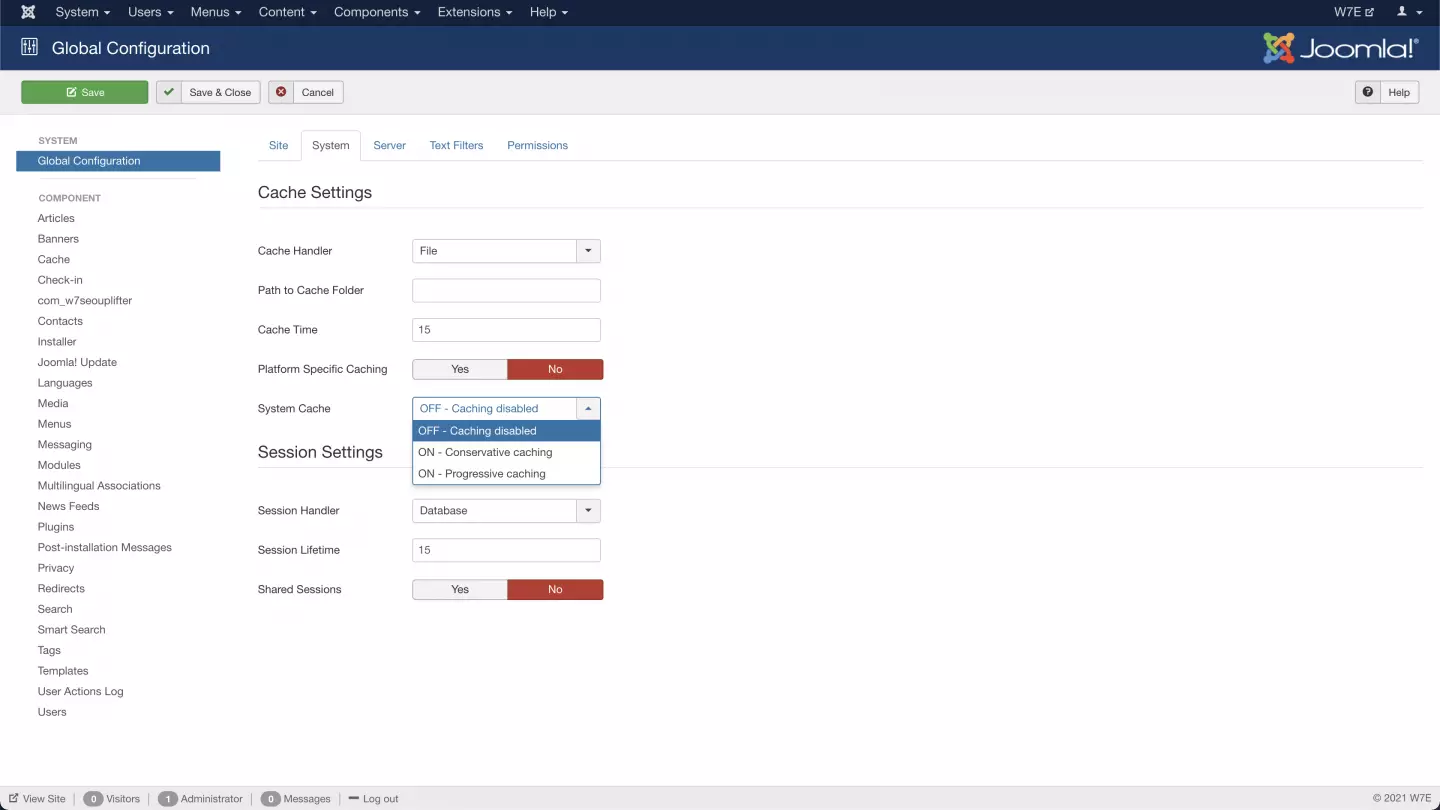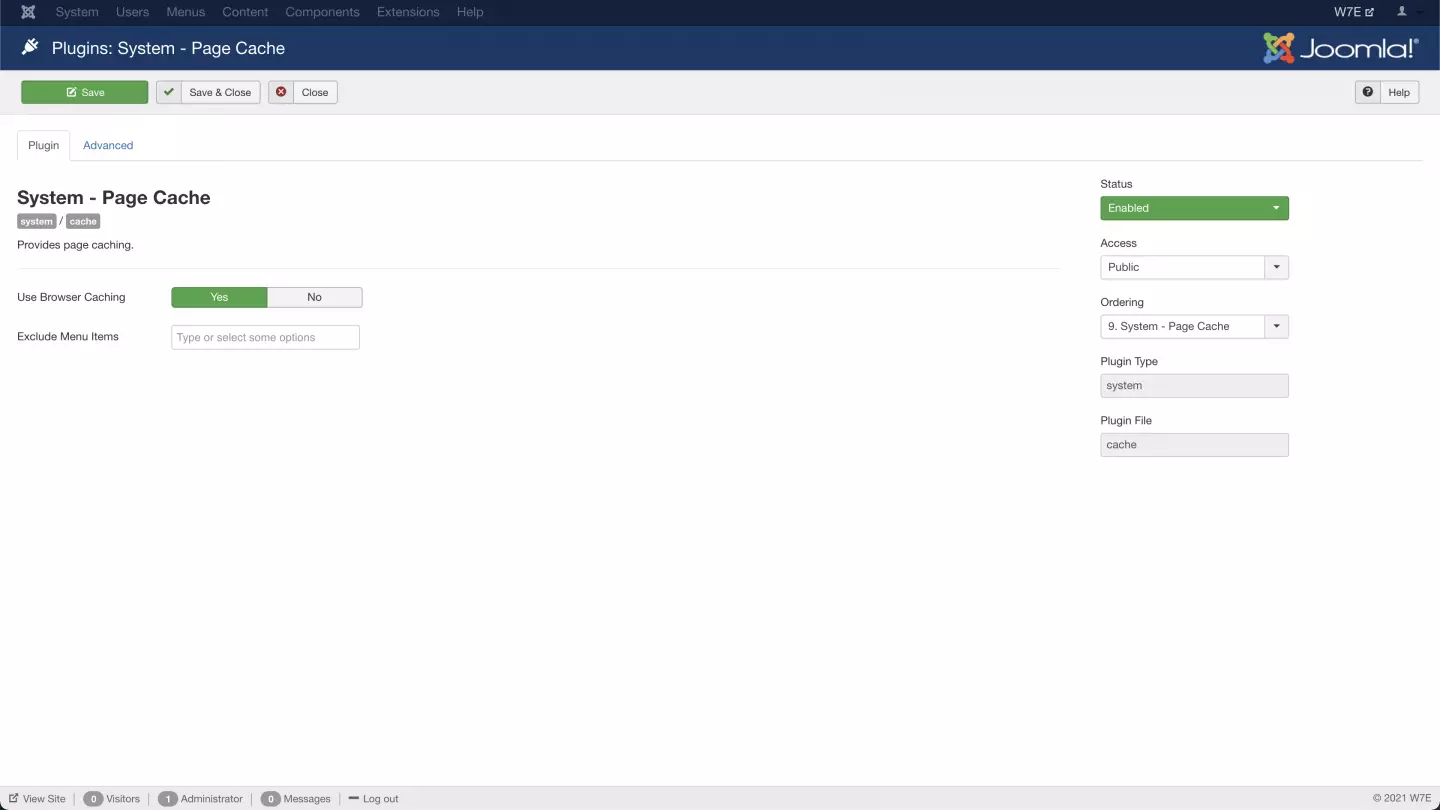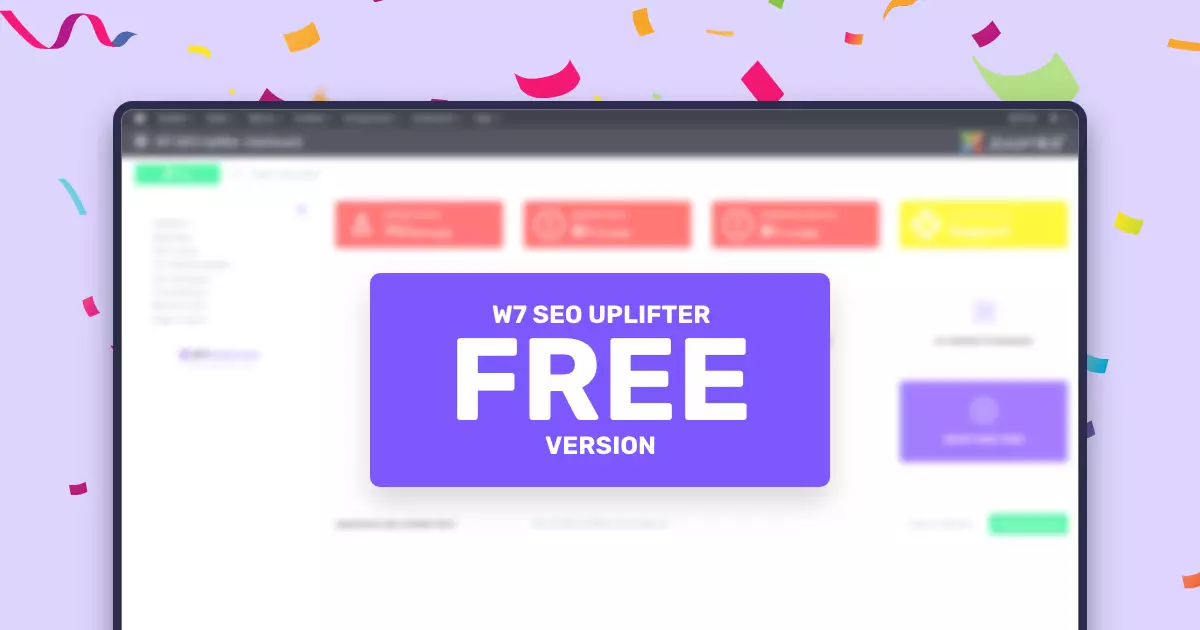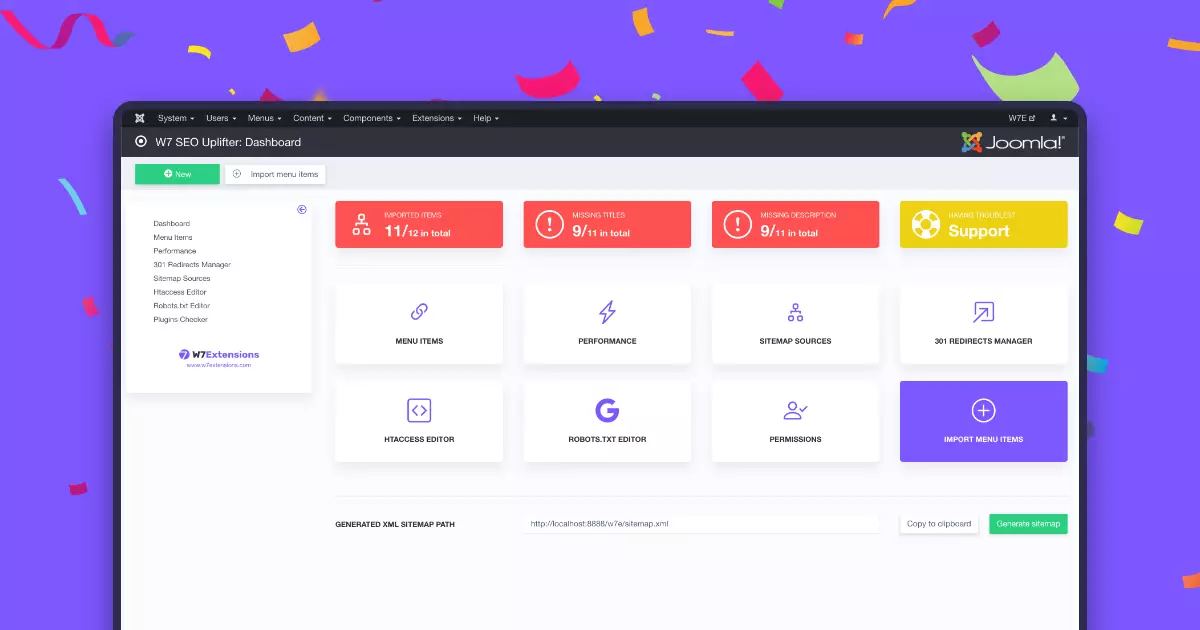Page load speed is an essential part of a good user experience and it is one of the key factors by which Google ranks websites. With that said, it affects everything from your traffic, conversions, revenue, and SEO. Follow the steps below and make your Joomla website way faster.
TL;DR
Update Joomla to the latest version
It is very important to always use the latest version of Joomla. Each new update contains code and speed improvements, security enhancements, and other fixes. This also applies to all of the installed components, modules, and plugins.
If you are running an old Joomla version, just the update can make a big difference and it cost you nothing.
Images optimization
Images make the biggest portion of the website’s page weight (on average 55% of downloaded data). That means there is a huge opportunity to drastically decrease your page load time.
You have a few ways to approach this issue:
Use the correct size of the image
Very often people just take an image from their computers, upload it and use it no matter what the div’s size is. E.g. instead of using an image 400x700px they use 2200x4800px.
You can save MBs of traffic with each page load just by using the right size.
Use the right image format
Don’t use PNGs everywhere, even if you don’t need the transparency feature. Use JPEG at 80% quality whenever you can.
An even better solution is using WebP format. It was developed by Google and it can save you on average 25-30% of file size. You can read more about WebP in one of our previous articles. And nowadays, you don’t have to care about converting the images from JPEGs and PNGs. Just use our W7 WebP plugin or W7 SEO Uplifter component and you’re done.
Enable caching system
Most of the websites don’t need a frequent change of their content. Therefore, there is no need to fetch the data from the database every time someone visits your site. The cache system takes a copy of everything and instead of displaying the content after numerous database queries, it shows the cached copy.
Luckily, Joomla has this covered on two different fronts.
Module caching
If you frequently change the page’s content, you should only use this type of caching.
To enable module caching, go to Global Configuration > System > Cache settings, and switch Cache to "ON – Conservative caching" or "ON - Progressive caching".

Page caching
Page caching can be enabled via the page cache plugin. The plugin tells the browser whether it should request a file from the server or take it from the browser’s cache.
To enable this plugin, go to Extensions > Plugins > System - Page Cache. Then switch on the "Use Browser Caching" option and hit save.

Compress your JavaScript and CSS files
Both JavaScript and CSS files can contain a lot of special characters and other content you don’t need. It’s good to get rid of the spaces, comments, etc. By doing that, you can save a few kB here and there, but it adds up and it can help you save a lot of page load time.
Joomla doesn’t have this feature in its core, but you can use extensions like W7 SEO Uplifter which has this type of compression built-in and easy to manage.
Content delivery network
Using a CDN (Content delivery network) can have a huge impact on your website. By doing this, all of the static resources are loaded from an external server closer to your visitors' location. Let’s say your main sever is in Berlin and you have a visitor in St. Petersburg. Instead of your German server, CDN takes all of the images, scripts, styles, etc. from their server in Moscow. That way the latency is better since the data doesn’t have to travel that far.
Implementation depends on the CDN you choose to use. E.g. KeyCDN has a simple 7-step integration for Joomla as you can see here.
Choose the right hosting provider
Bad hosting can lead to slow speeds. It can be because your website was put on the same server as thousands of other sites. Therefore it leads to slow page load time when many clients try to access this server at the same time. Or the hosting does not provide all the features Joomla websites need.
Ensure that you chose the right hosting from a reputable hosting provider. Don’t just put your website somewhere where it is the cheapest.
Get rid of everything you don’t need
A lot of templates include scripts and styles you don’t use or need. Take your time and go through your Joomla front-end and remove everything that is not necessary for running the website.





